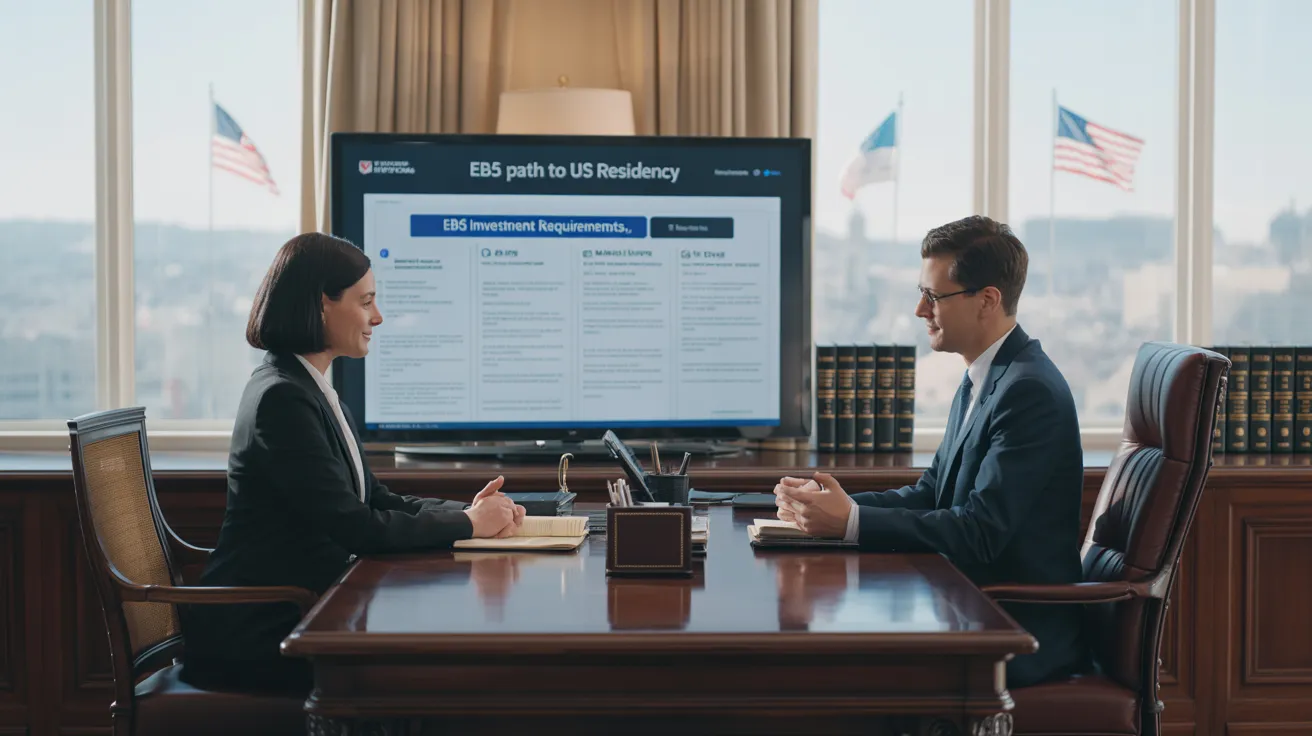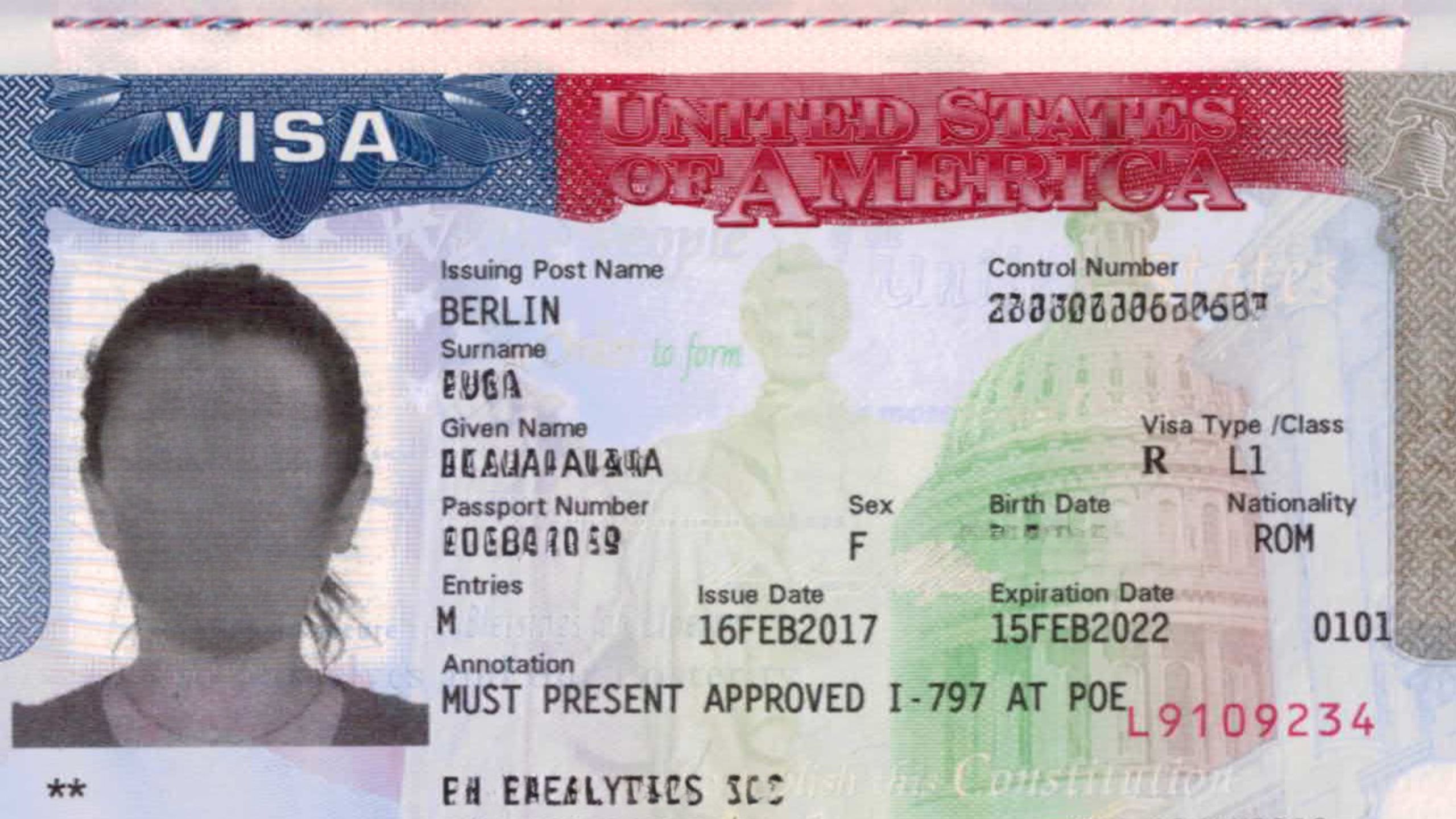Little Known Facts About L1 Visa.
Table of ContentsSome Known Details About L1 Visa Rumored Buzz on L1 VisaA Biased View of L1 VisaAbout L1 VisaThe Facts About L1 Visa UncoveredAll About L1 Visa
Offered from ProQuest Dissertations & Theses Worldwide; Social Scientific Research Costs Collection. DHS Office of the Inspector General. Recovered 2023-03-26.
U.S. Division of State. Retrieved 2023-02-08. Tamen, Joan Fleischer (August 10, 2013).
The smart Trick of L1 Visa That Nobody is Talking About
In order to be eligible for the L-1 visa, the foreign firm abroad where the Beneficiary was used and the U.S. company need to have a certifying connection at the time of the transfer. The various sorts of certifying partnerships are: 1. Parent-Subsidiary: The Parent suggests a firm, firm, or various other legal entity which has subsidiaries that it possesses and manages."Subsidiary" means a company, corporation, or various other lawful entity of which a moms and dad possesses, directly or indirectly, even more than 50% of the entity, OR has much less than 50% yet has management control of the entity.
Firm An owns 100% of the shares of Firm B.Company A is the Moms And Dad and Firm B is a subsidiary. There is a qualifying connection between the 2 companies and Company B must be able to sponsor the Recipient.
Company A possesses 40% of Business B. The staying 60% is possessed and controlled by Business C, which has no connection to Company A.Since Company A and B do not have a parent-subsidiary relationship, Company A can not fund the Recipient for L-1.
Instance 3: Business A is included in the united state and wishes to seek the Beneficiary. Firm B is incorporated in Indonesia and uses the Beneficiary. Business An owns 40% of Business B. The continuing to be 60% is had by Business C, which has no relationship to Company A. Nonetheless, Business A, by formal contract, controls and complete manages Company B.Since Company An owns less than 50% of Company B but manages and regulates the firm, there is a certifying parent-subsidiary relationship and Firm A can fund the Recipient for L-1.
What Does L1 Visa Mean?
Affiliate: An associate is 1 of 2 subsidiaries thar are both had and controlled by the very same parent or individual, or had and managed by the same group of individuals, in primarily the exact same proportions. a. Instance 1: Firm A is incorporated in Ghana and uses the Recipient. Firm B is integrated in the united state
Company C, likewise integrated in Ghana, owns 100% of Company A and 100% of Company B.Therefore, Company A and Business B are "associates" or sister business and a certifying relationship exists in between both business. Company B should be able to fund the Recipient. b. Instance 2: Business A is integrated in the united state
Business A is 60% possessed by Mrs. Smith, 20% had by Mr. Doe, and 20% possessed by Ms. Brown. Business B is incorporated in Colombia and currently employs the Beneficiary. Business B is 65% possessed by Mrs. Smith, 15% had L1 Visa attorney by Mr. Doe, and 20% had by Ms. Brown. Business A and Firm B are associates and have a certifying connection in 2 different ways: Mrs.
The L-1 visa is an employment-based visa classification established by Congress in 1970, enabling multinational firms to move their supervisors, executives, or key workers to their U.S. operations. It is generally referred to as the intracompany transferee visa. There are 2 primary kinds of L-1 visas: L-1A and L-1B. These types appropriate for workers worked with in different positions within a firm.

Furthermore, the recipient should have operated in a managerial, executive, or specialized employee placement L1 Visa law firm for one year within the 3 years coming before the L-1A application in the foreign firm. For brand-new office applications, foreign work has to have been in a managerial or executive ability if the recipient is pertaining to the USA to function as a manager or exec.
See This Report on L1 Visa

If approved for an U.S. business operational for greater than one year, the preliminary L-1B visa is for approximately three years and can be prolonged for an extra two years (L1 Visa). Conversely, if the U.S. company is newly developed or has actually been operational for much less than one year, the preliminary L-1B visa is provided for one year, with expansions offered in two-year increments
The L-1 visa is an employment-based visa category established by Congress in 1970, enabling international business to transfer their supervisors, executives, or vital personnel to their U.S. operations. It is generally described as the intracompany transferee visa. There are two primary kinds of L-1 visas: L-1A and L-1B. These kinds appropriate for workers worked with in various positions within a company.
Get This Report about L1 Visa
Furthermore, the beneficiary needs to have functioned in a supervisory, executive, or specialized employee position for one year within the three years preceding find out more the L-1A application in the foreign business. For new workplace applications, foreign work needs to have been in a supervisory or executive capacity if the beneficiary is involving the USA to function as a manager or executive.
for up to 7 years to oversee the operations of the U.S. affiliate as an executive or manager. If released for an U.S. firm that has been functional for even more than one year, the L-1A visa is initially approved for as much as 3 years and can be extended in two-year increments.
If given for a united state company operational for more than one year, the preliminary L-1B visa is for approximately 3 years and can be extended for an extra two years. Alternatively, if the U.S. company is newly developed or has actually been operational for less than one year, the preliminary L-1B visa is released for one year, with extensions readily available in two-year increments.